At the time of this interview, we had just finished reading Ted Botha's Daisy de Melker: Hiding Among Killers in the City of Gold (2023). We highly recommend you get a copy as it's one way of getting to know this city. A thrilling read, it opens up the world of Joburg in the 1920s and 1930s, and takes the reader on a wild ride of this "booming metropolis of opulence and chaos".
Botha was born in New York, grew up between Pretoria and Washington, graduated from Stellenbosch, and has worked mostly as a freelance journalist for publications like The New York Times, Esquire, The Telegraph, and others in SA, the U.S. and UK. Daisy de Melker is his eighth book, as far as he can remember (he quipped: "I’ve written several others that, alas, weren’t published."). He also loves coffee!
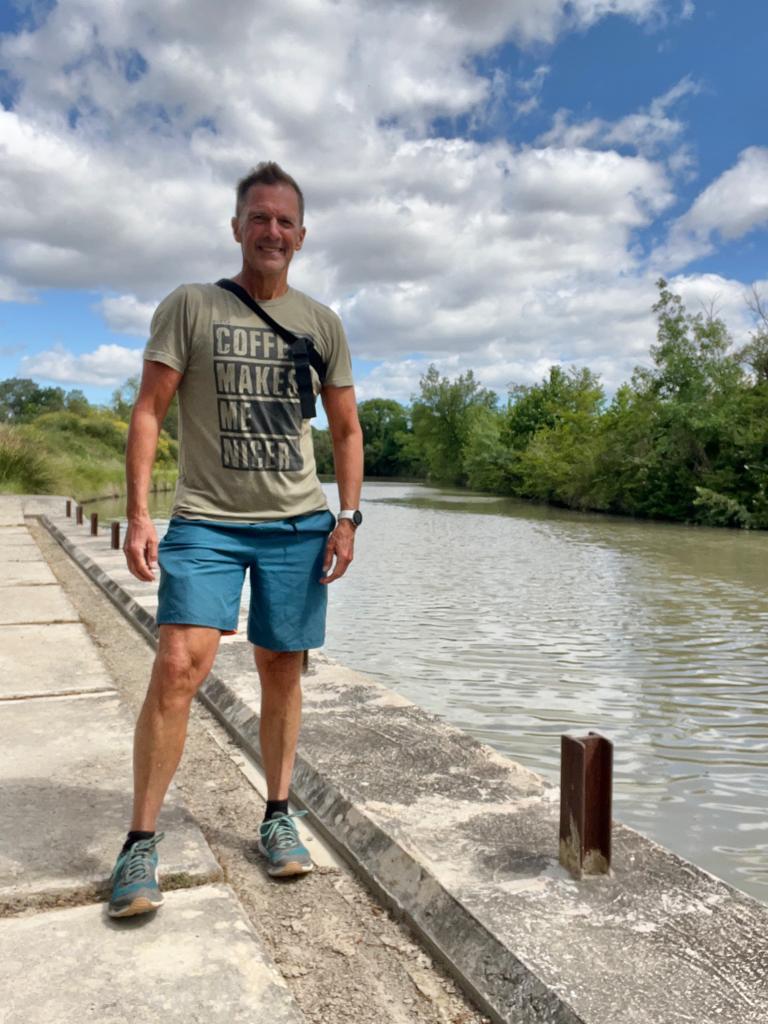
"I think it’s interesting that from a century ago, Joburg had many nicknames, both good and bad. A good sign that it really is the city that each person wants it to be."
What brought you to Joburg?
I’ve always loved the city, [and] had my first jobs there, at the Financial Mail and SAPA (South African Press Association). Even after I moved to New York [and lived there] for 18 years, I always made sure to touch base in Joburg when I visited home. While still in New York, I started researching a book that was set in Joburg in the early 20th century and decided I needed to be in the thick of it when I wrote it. So, I got a flat downtown on Joubert Street and based myself there for two years.
You mention in the afterword of the book that you started with a different manuscript. What was the story you first intended to write?
The book I began researching in New York was focused on Isidore Schlesinger and the African Hollywood he tried to create in Joburg in the years between 1913 and 1923. The same years Daisy was lurking there. That’s how I stumbled on her story. I’m still working on that book.
What drew you to the story of Daisy de Melker?
I knew her story very vaguely, like most people. Her name was like Al Capone or Bonnie and Clyde, or the Foster Gang, who play a big role in my book. We know the names and that they were notorious, but we aren’t sure why exactly. The more I dug into Daisy’s story, the more I realised that there was a lot to tell, fascinating stuff not only about her but about a slew of other criminals who were in the city at the same time. They all created this crazy, colourful story that almost naturally came together as I was writing.
"In a male-dominated society, where women must have had to fight for every piece of recognition they got, much of the book is their story."
The book is as much a story of Daisy de Melker – mother, nurse, gold-digger, cause célèbre – as it is of Johannesburg at that time. In all your research, what was the most surprising thing you found out about Johannesburg?
I guess the most surprising thing that struck me was how violent and criminal Joburg has always been. It seems that from the very earliest days, criminals and charlatans found a lucrative place to keep returning (England and Australia gave us some of our most devious crooks!). Take the habitual criminal, fraudster and bogus surgeon Andrew Gibson, possibly my most favourite character. Every time I felt things lagging a bit, good old Andrew Gibson popped up to add some spice to the story. I was also struck by how much we as South Africans undersell ourselves. This story fascinated people around the world and made headlines everywhere, but it soon faded into the background. Maybe because of this belief that is often held that we are on the periphery of the world, part of the old colonies, and what happens here is less important or universal. But Daisy is as large a character as any of the famous criminals who are better remembered.
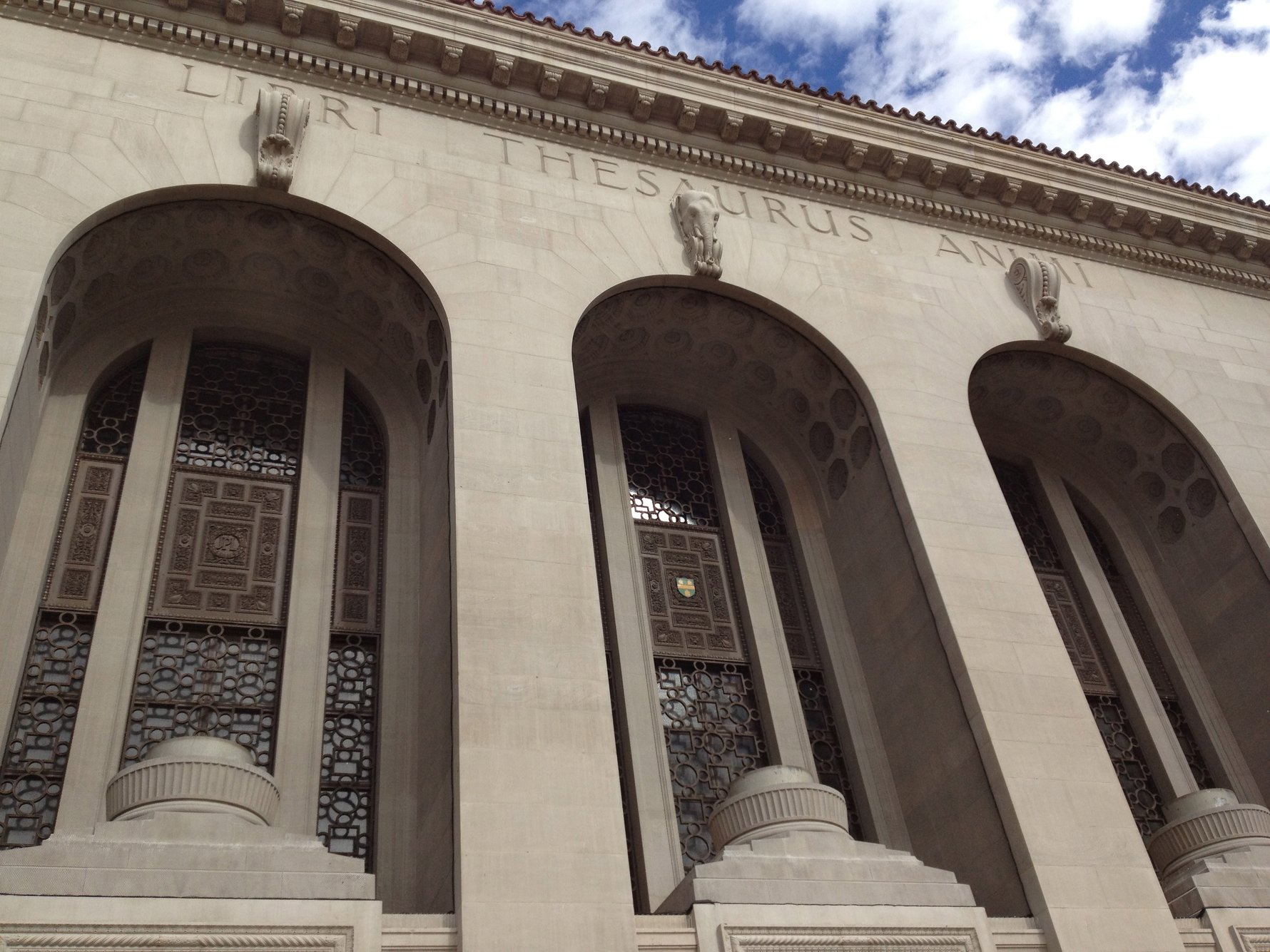
From your research how would you define the quality of life, opportunities and status of women in Joburg at the time of Daisy de Melker?
I think one must deduct the quality of life from the stories in the book. There are three main women I focus on – besides the beautiful Gertie Angelo, who seems to have been exploited by a scoundrel at the time of Irene Kanthack’s murder – each with a very different story and character. Daisy, who seized opportunity wherever she could get it, was clearly avaricious and single-minded, a very strong character who came from a less-than-promising background. Then there was 'Dorothea' Kraft, the first white woman executed for murder, a decade before Daisy, slatternly and obviously out of her depth, but would do anything to save the little that she had, even resort to murder, which she clearly was not good at. [She was] very unlike the masterful Daisy, who plotted and schemed for years in advance. Lastly, Sarah Gertrude Millin, much forgotten today and yet world famous in her time, pulled herself up from a modest upbringing, and one not much different from Daisy's, to achieve the kind of fame [of which] Daisy probably dreamed. I found it very symbolic and telling that Daisy and Millin faced each other in court every day, two women striving for something better, though each one having gone about getting it in a very different way. Interestingly, it was mostly women who came to court each day to follow Daisy's trial (and the other trials in the book). In a male-dominated society, where women must have had to fight for every piece of recognition they got, much of the book is their story.
"I’ve always felt the city gets a bad rep, as they say, and it was interesting to see that it’s nothing new. Its reputation for wickedness, if not the reality, precedes it."
Tell us about your research process and where you went to read the newspapers of the time?
If only old newspapers had been easier to access. Digitisation in SA is way behind where it should be, compared to other countries, so many of the papers I might have used were inaccessible if they still even exist. The Johannesburg City Library, on Library Square downtown, is a fantastic though underfunded and understaffed institution. To digitise what they have in their basements would be a dream to realise. I found much of my information in the library's Harold Strange Africana collection and in hard copies of newspapers like the Rand Daily Mail, The Star, and some of the Natal papers of the time. Books on Joburg were plentiful for the first few decades of the last century, and they were a great resource.
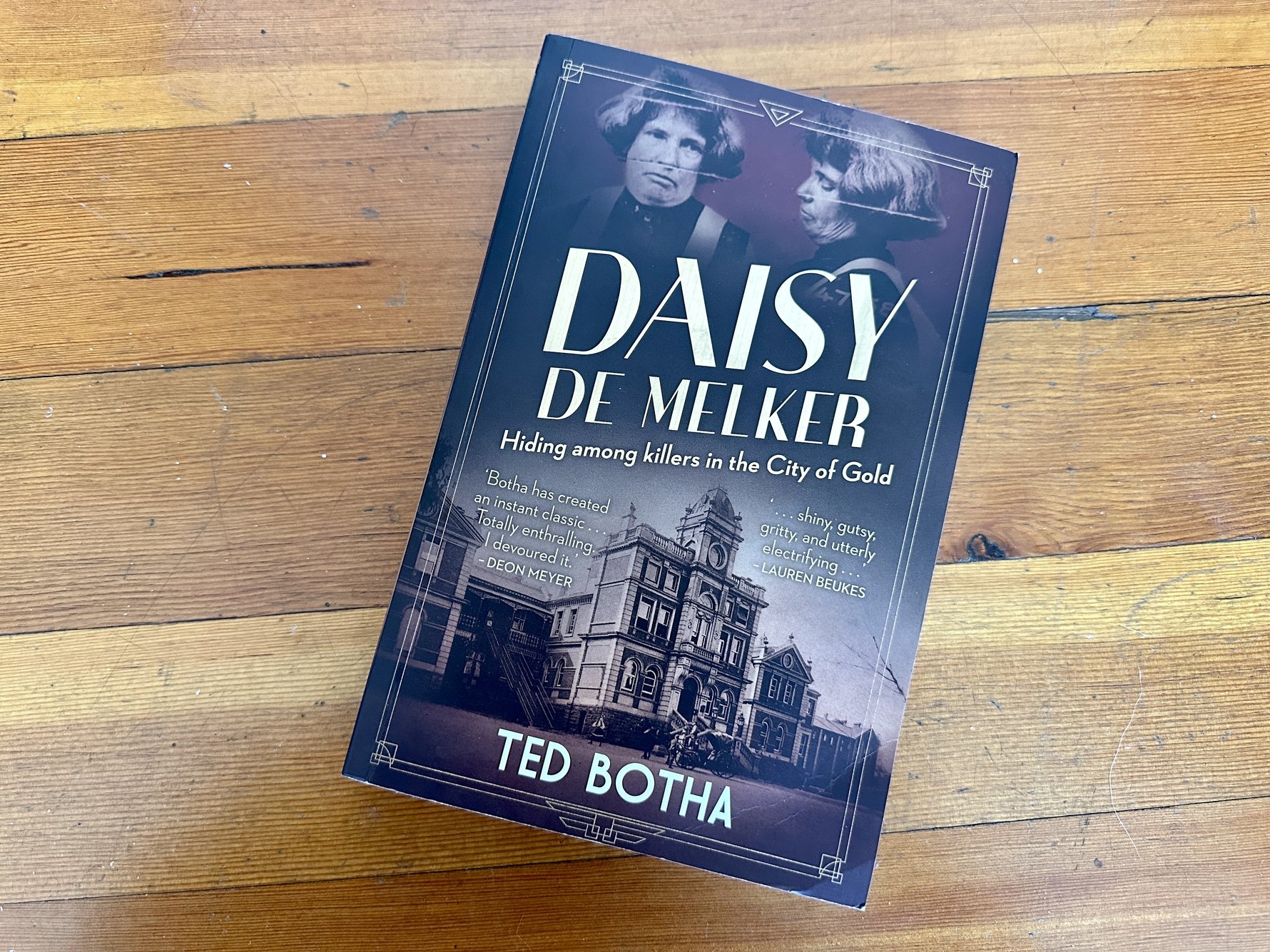
Photo: Johannesburg in Your Pocket.
Joburg is described on the back cover as a grand and desperate city. Tell us why?
I guess it [is to be] expected. Wealth, greed and poverty. The haves wanting to create a big and bold city, and the have-nots wanting some of the pie. And more and more people flooding into the city to try make a fortune all the time. It's been happening since Joburg first started. A combustible combination around the world.
"The Golden City's reputation for wickedness is engaged in the South African conscience almost as deeply as the gold reef is embedded in the quartz of Witwatersrand". Discuss:
As far as I recall, that quote is from a 1933 article by one of the city’s foremost crime reporters. I wanted to quote him because it was an analogy I had drawn myself, but to see it written by someone 90 years earlier was important. I’ve always felt the city gets a bad rep, as they say, and it was interesting to see that it’s nothing new. Its reputation for wickedness, if not the reality, precedes it.
Tell us about the city landmarks that you map out in the book, and about your process of revisiting them for the book?
I knew most of the landmarks from my own wanderings around the city, although some of the places, such as the Orpheum, Plaza, Metro and Empire are long gone. As are many of the smaller buildings. It was interesting to see that Belgravia, an important place in the old days, is now identified as being in the west, near Brixton, when it was once east, near Bertrams. I was surprised to find that many of the criminals and Daisy were based in a relatively small area around Bertrams.

You mention that "fairly common relationship with Johannesburg, one that swung between love and hate" being as much a way of relating to this city in 1914 as it is now.
I found it interesting that as far back as 1914 new arrivals in the city noted how common it was for residents to say they would be leaving soon. No one seemed to be staying for long – it was a place of itinerants – and yet many of them did stay. Descriptions of the city, meanwhile, would vacillate between poems of admiration and diatribes of hate. It was hard to marry the two, unless, of course, you knew Joburg.
The same city has for so long excited and repulsed people – sometimes at the same time. How do you define the Joburg of today if we use the extreme poles that you mention of the "City of Wonder" and the "University of Crime"?
Joburg really has a history of bad publicity to contend with. I’ve met so many people who say, "I love New York" but they’ve never even been there. What they love is what they’ve seen in movies or on TV. Joburg, meanwhile, has for decades had to fight off a reputation as ‘the capital of crime,’ often asserted by people who’ve never been there. The people who have indeed lived in and tried to understand Joburg, get it. It’s just a pity that so many others don’t even try.
Joburg was always a "boom" town – explosive in creating undreamt of wealth during the Gold Rush, as well as at times literally erupting underground. What impact do you think this has had on the people of this city?
I think it’s interesting that from a century ago, Joburg had many nicknames, both good and bad. A good sign that it really is the city that each person wants it to be.
Sarah Gertrude Millin and Herman Charles Bosman are two writers who become part of the story you weave around Daisy de Melker and Johannesburg. What drew you to their stories?
Millin and Bosman were intricately drawn to Daisy’s case, and they gave me two very different views on her, while their reactions to Daisy and her trial exposed their own characters and weaknesses. Bosman, who doesn’t come across very well in this story, never even attended her trial but wanted her to be exonerated, while Millin fastidiously attended the trial and eventually wrote a fictional book about Daisy. Even though Millin cared little for Daisy, hers is probably the truer portrait of the famed murderess.
Besides Daisy – which other character did you find most fascinating to research, and why?
Without a doubt, it was Daisy’s lawyer, Harry Morris, a character who could fit into the most riveting fiction but he’s the real deal. A razor-sharp smart man whose sole aim was to get his client off, no matter how despicable they were. On the world stage, he could have walked with the most famous lawmen.
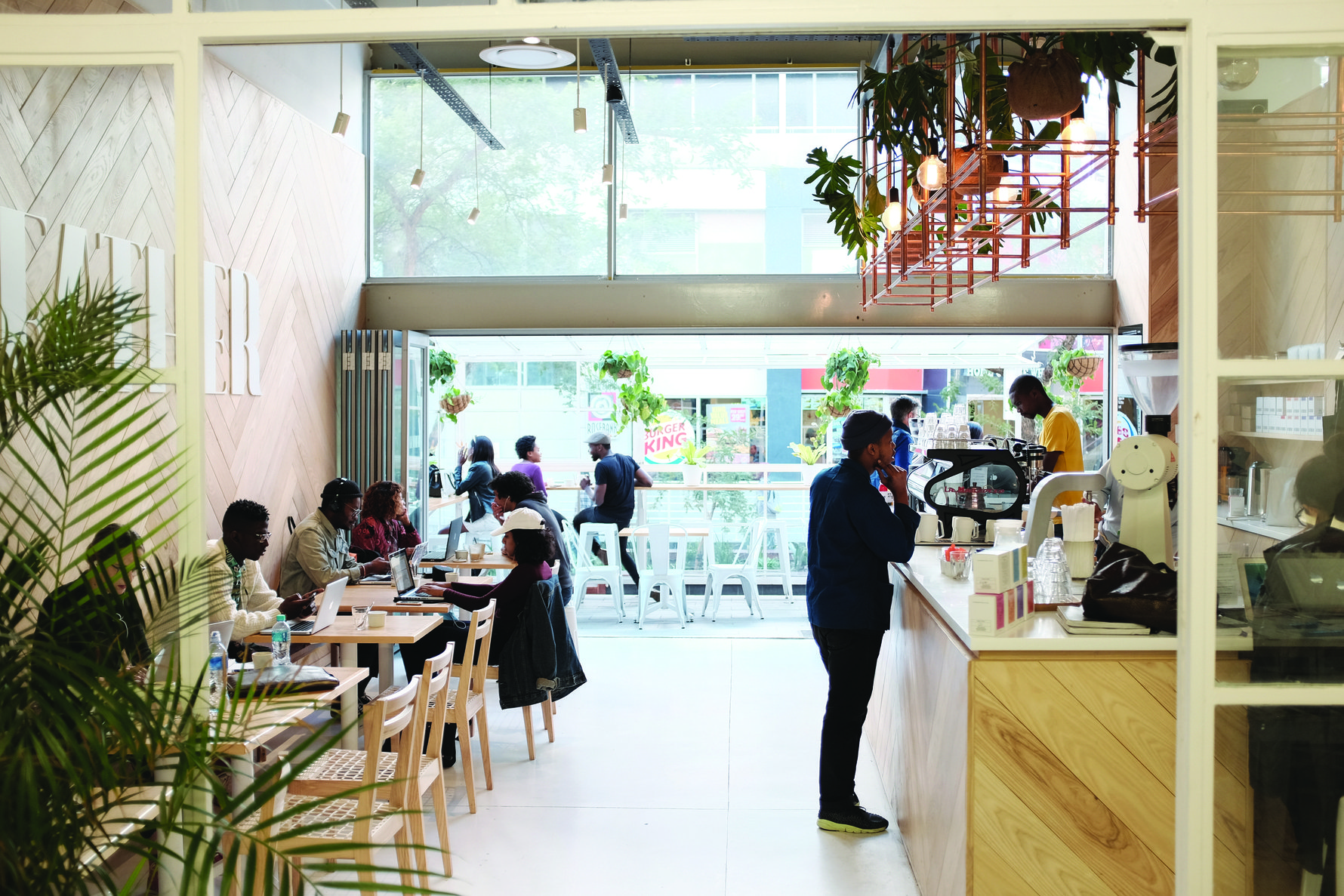
Your description of Joburg's celebration of turning 40 is electrifying – a celebration of all its communities. If you could plan Joburg's next birthday celebration, what would you want to showcase?
The city is a hub of creativity, which as far I can gather from descriptions, was really what was celebrated in 1926. Today it is art, food, clothing, music the list is endless. I remember once going into a gallery – I think it was ArtEye, when it was still in Troyeville – and I couldn't believe my eyes. In a place like New York or London, all that fantastic art in one place would be packed with visitors, but in Joburg we tend to overlook the amazing, world-class things that we have. And that was just one gallery in a city full of them.
If you are the Joburg mayor for one day (the average tenure these days) what would you implement?
Repairing streetlights. I think it’s one of the simplest things that could be done to make people feel safer.
Coffee and the city... we know you will go to the ends of the earth for a good cup. What are your favourite Joburg stops?
You know me well! Covid-19 killed off (metaphorically) some of my favourite places, especially downtown where I lived, such as Craft (which was very special), Flight in Bank City, and Goat. Cramer’s is the final holdout. That’s sad. I think the lack of coffee and food options downtown is a huge gap waiting to be filled. I have to do a proper recce of the city again, but I’ve always liked Bean There, The Grind Coffee Company, Father Coffee and (more recently) the Mini Coffee Company
Did this book get Joburg out of your system as a writer?
Not at all! I am deep into writing the story of the African Hollywood I.W. Schlesinger tried to create in Joburg. It’s almost like a bookend to the Daisy story, but more about the rich and arty versus the dastardly criminals.
"For me, there’s something special about someone who loves the city so totally, and says so, despite all the bad publicity the city gets."
Home is...
Where my cats are.
Your favourite Joburg suburb, and why you choose it?
Probably somewhere east like Troyeville. One can almost feel old Joburg in its decaying streets and buildings. Ironically, that was near where most of Daisy de Melker takes place.
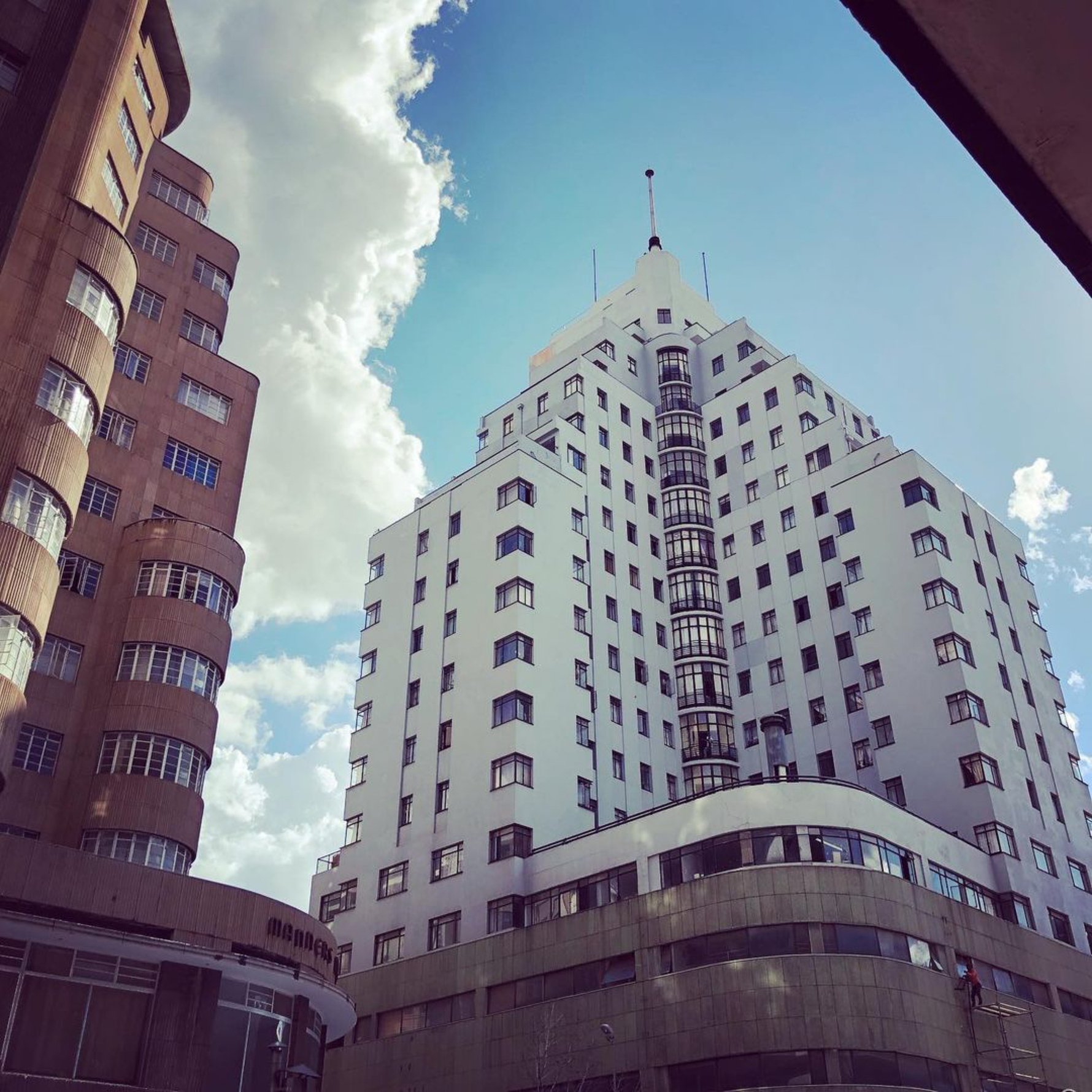
What three things should a visitor not leave Joburg without seeing or experiencing?
Take a guided tour of architecture downtown, see jacaranda season and the city’s hundreds of kilometres of mauve exploding from October to November, and visit art galleries like Asisebenze and Living Artists' Emporium. And drink top-class coffee along the way!
The most memorable meal you have eaten in Joburg?
I haven’t eaten there much lately, as I’m based in Cape Town, but a recent meal at PRON (People's Republic of Noodles) in Linden was good.
If you could buy one Joburg building which would it be?
Anstey's, of course. I own a flat there, and the thrill it gives me when I’m there is indescribable.
Favourite Joburg brand, and why?
I’m not up on brands but I love the incredible art created in the city. Joburg is for me a world art capital. And that says a lot.
What makes someone a Joburger?
For me, there’s something special about someone who loves the city so totally and says so, despite all the bad publicity the city gets.
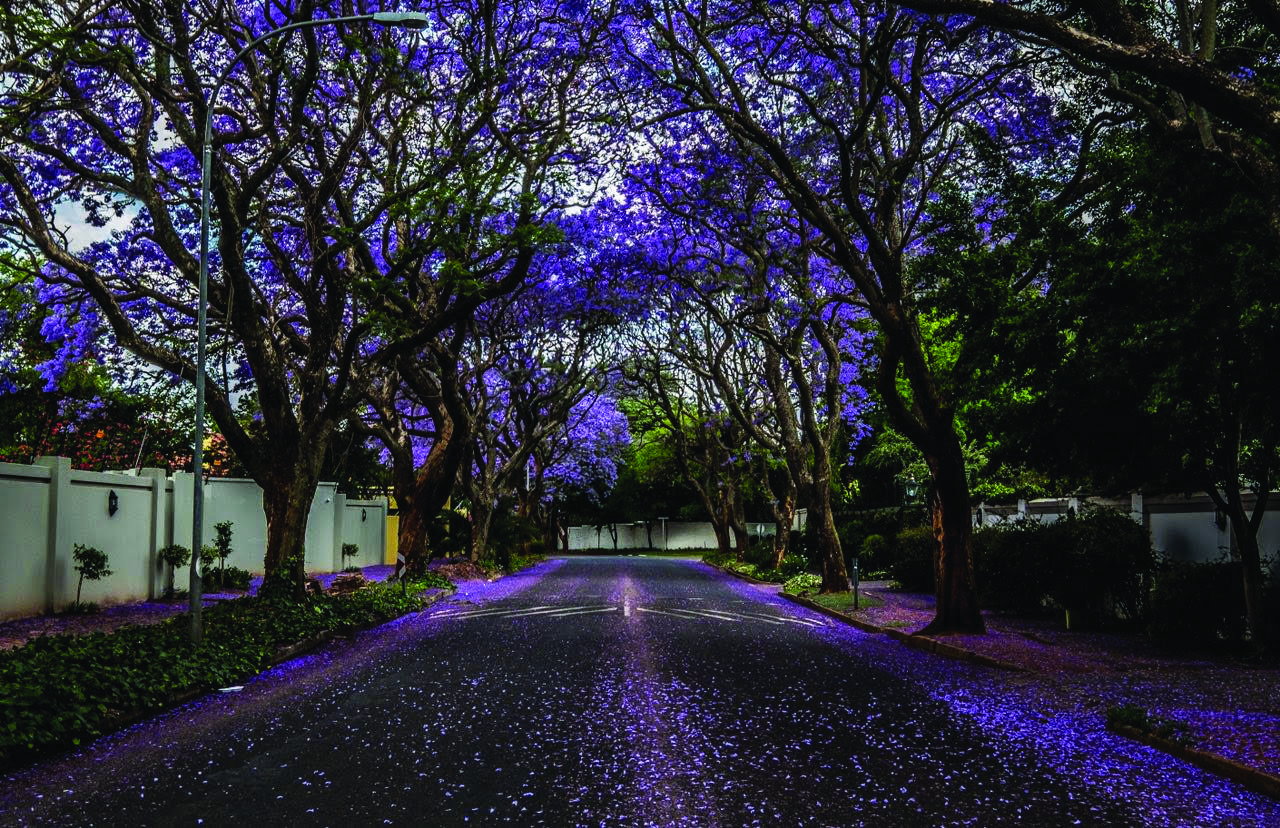
What do you love most about Joburg?
Weirdly, I love arriving at O.R. Tambo and catching the Gautrain into the city. It gives me a chance to get the lay of the land, and to see the city at its very best. And the view from the train is always incredible.
What do you least like about Joburg?
The fact that it has rarely had the leaders to exploit its incredible potential. I think people in the early days really saw it as becoming one of the world’s most important cities, with its "thrusting brashness" as one commentator said. I’ve always compared Joburg to Los Angeles. There are so many similarities: the ridges, lifestyle, climate, wide roads, it’s uncanny. But Joburg just keeps having to fight for every iota of advancement and recognition.
Your number-one tip for a first-time visitor to Joburg?
Forget everything you’ve been told.
Three words that describe this city
Surprising, invigorating, frustrating.
Check out some of our previous #MyJoburg interviews for more insights into the city:
#MyJoburg interview with entrepreneur, Olwethu Leshabane.
#MyJoburg interview with Banele Khoza, artist and founder of BKhz Gallery.
#MyJoburg interview with Lelowhatsgood, creative trailblazer and founder of the VNJ Ball.




Comments